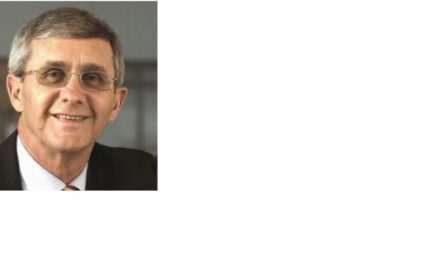
Facebook in 2015
 Facebook has become the strongest mass medium for Namibian marketers, so it is important to understand how it works and what it does. This column will give you an idea of its current status. The reach of Facebook is exceptional. In the course of last year, using combinations of target demographics for financial brands, I was able to reach a universe of approximately 200,000 users. This universe can be larger using less targeted interests. Note here that is is possible to target on the basis of keywords that indicate interests.
Facebook has become the strongest mass medium for Namibian marketers, so it is important to understand how it works and what it does. This column will give you an idea of its current status. The reach of Facebook is exceptional. In the course of last year, using combinations of target demographics for financial brands, I was able to reach a universe of approximately 200,000 users. This universe can be larger using less targeted interests. Note here that is is possible to target on the basis of keywords that indicate interests.
Also note that it is possible to achieve that reach for a small portion of the cost of a print advertisement. In addition, it is worth noting that the number of Namibian users is growing as use of smart phones increases, as well as the sophistication of use improves. In the latter regard, a simple observation of mobile device users will show that people are using Facebook more often now, where previously the use was predominantly WhatsApp and SMS. The obvious challenge to this is rural areas, however this will change as smart phones filter into those areas, as bandwidth spreads into those areas, and as bandwidth achieves greater economies of scale. The company is however taking steps to improve its reach into rural areas with what appears to be a relaunch of the Facebook Lite concept, which functions in low bandwidth environments. You ignore the opportunity of Facebook to the detriment of your brand. Facebook does, justifiably, have an impact on marketers and make certain demands of them. Firstly, the company has actively reduced its level of virality for brands. What this means is that you cannot expect free exposure, even if your market presses like on your page or message. Even if they do press like on your page, do not expect commercial items to show prominently on feeds. At present my best estimate is that on a page with a very small number of users, virality may be in the region of 5%, dropping to about 1%. In order to achieve high reach you need to invest in gaining followers. The reach you obtain once you have gathered your users by keyword is the number of people who like your page multiplied by their friends. For instance if you have 400 people who like your page, each of whom have 100 friends, this gives you the notional ability to reach 40,000 people. This implies that you need to provide for the cost of likes on your page, as well as the cost of boosting posts. Secondly, Facebook is discouraging pure advertising posts. If you are a user, you will have noticed the surveys conducted in 2014, particularly. The results showed that too high a level of promotional items put users off. This obviously devalues the experience of Facebook. There are two implications to this. Your posts need to be content and lifestyle driven, engaging the user with ideas that are of greater relevance to them. Your picture posts may also not contain more than 20% of the area in text. If more than 20% of the area is text, Facebook will not allow you to boost them. In other words, what you have is an opportunity to make a picture with a reasonably sized logo and contact number, followed by a paragraph in text. The shorter the paragraph the less likely it is to be cut off with a ‘more…’ link .Thirdly, Facebook is taking steps to enhance the pervasiveness of its platform. Facebook Messenger is becoming more useful. Following Facebook’s acquisition of WhatsApp it appears that the company is placing greater emphasis on better messaging. Although that is commercial cannibalism, it does hold some benefits for users. Facebook at Work appears be heading in the direction of LinkedIn, and may make the platform more acceptable in the Working environment, with obvious benefits for marketing reach. Facebook is rapidly becoming my baseline marketing platform on the basis of its reach and low cost. The only barrier I have come across to using it is a credit card in the hands of the marketer. That should be easy to address.











































